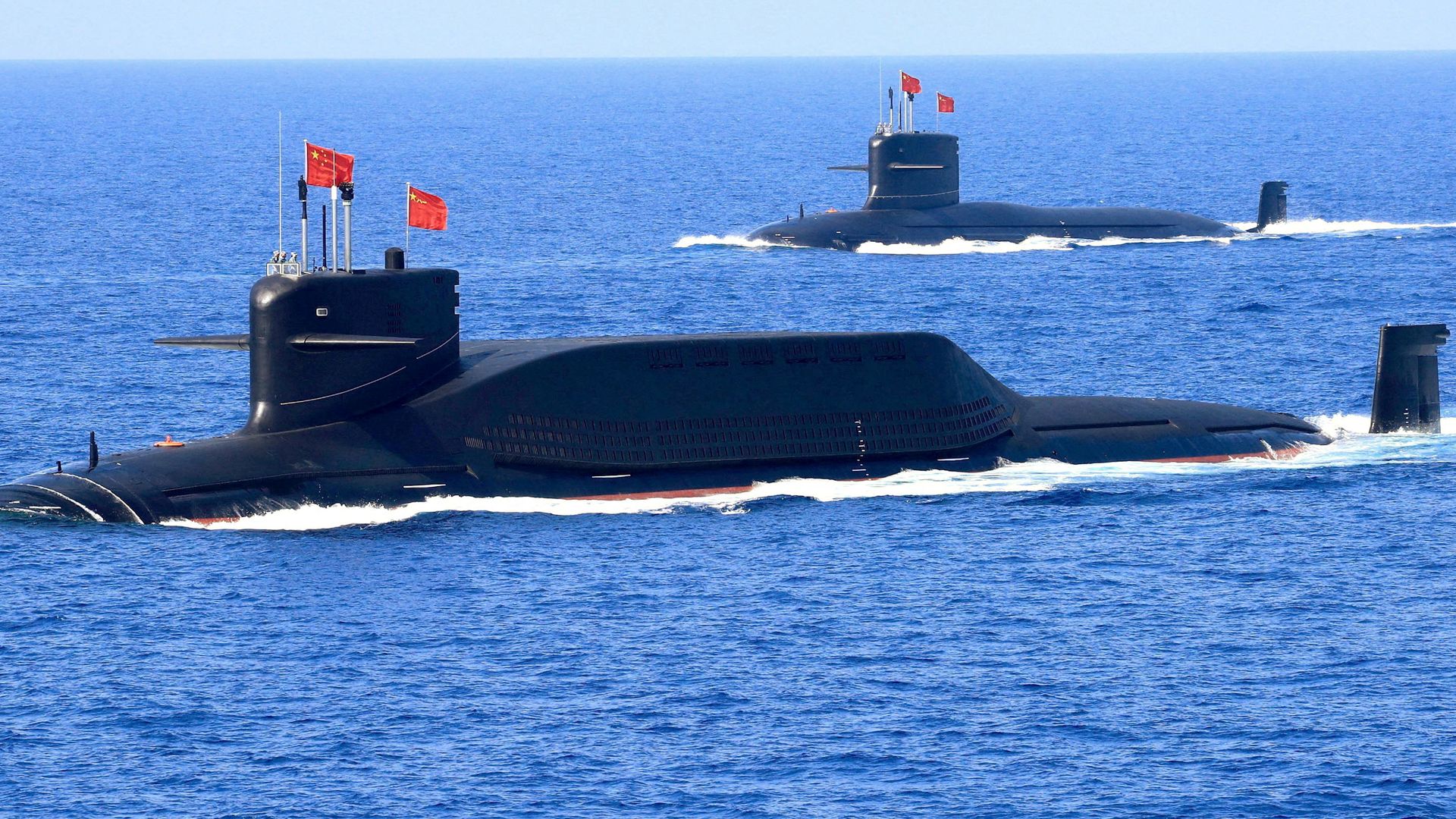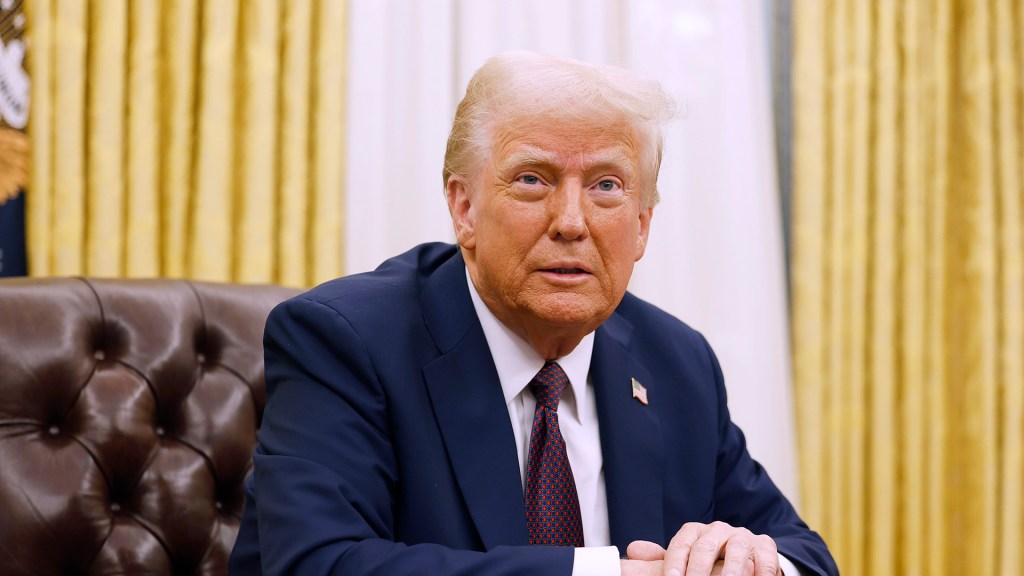
THE UNITED STATES IS CHANGING ITS PLANS ON HOW TO PREPARE FOR AND REACT TO NUCLEAR THREATS. THE NEW YORK TIMES IS REPORTING PRESIDENT BIDEN APPROVED UPDATING THE COUNTRY’S HIGHLY CLASSIFIED NUCLEAR EMPLOYMENT GUIDANCE.
Tyler White: This is if there is a nuclear conflict or if we are escalating towards a nuclear conflict; what is sort of the doctrine, and then the procedure that follows the doctrine, or the options that the President gets in terms of responding to the situation.
TYLER WHITE IS THE DIRECTOR OF THE NATIONAL SECURITY PROGRAM AT THE UNIVERSITY OF NEBRASKA.
White: So I think the thing about this update is it makes a lot of sense, and it shouldn’t be that controversial because the world is fundamentally changing.
CHANGES LIKE A TRIO OF NUCLEAR ARMED NATIONS–RUSSIA, CHINA, AND NORTH KOREA–COOPERATING IN WAYS THEY NEVER REALLY HAVE BEFORE.
WHITE SAYS CHINA AND RUSSIA AREN’T TRADITIONAL ALLIES. NEITHER ARE RUSSIA AND NORTH KOREA.
BUT THEN THE WAR IN UKRAINE HAPPENED, WHICH ULTIMATELY FORCED RUSSIA TO SEEK HELP FROM CHINA AND NORTH KOREA TO KEEP ITS WAR MACHINE GOING.
AT THE SAME TIME, CHINESE AGGRESSION IN THE INDOPACIFIC IS ONLY INCREASING. AS ARE CHINA’S STOCKPILES OF NUCLEAR WEAPONS. RIGHT NOW, CHINA HAS ABOUT 500 NUCLEAR WARHEADS, AND THAT NUMBER COULD DOUBLE BY 2030.
White: These three countries have found reasons to collaborate with one another, and they’ve been doing joint military exercises. And so if you’re a nuclear war planner, or if you’re the President of United States and you sit somewhere inside that National Command Authority you need to start thinking about, well, how do I not just deter each of these actors individually, but how do I deter them as a group if they’re going to coordinate a potential attack?
WHITE SAYS NO ONE PAYING ATTENTION TO WORLD EVENTS OVER THE LAST DECADE SHOULD BE SURPRISED THE US IS ADAPTING ITS NUCLEAR STRATEGY. AFTERALL, THE US IS WELL UNDERWAY ADAPTING PRETTY MUCH EVERY OTHER PART OF ITS NUCLEAR DETERRENCE INFRASTRUCTURE.
White: I also think it comes at this really important time in which we’re transitioning out a lot of our legacy nuclear forces and we’re moving into a new era with the B-21 and new ICBM and the Ohio replacement and all of those different kinds of things. So I think there’s a lot of transition going on right now. I think a lot of it is necessary. And I think this document, maybe as you say, is kind of a codification of where we’ve been going.
FOR STRAIGHT ARROW NEWS, I’M RYAN ROBERTSON. IF YOU WANT TO HEAR MORE FROM TYLER WHITE ABOUT US NUCLEAR STRATEGY, AS WELL AS WHAT THE US RESPONSE MIGHT BE IF RUSSIA USES NUKES IN UKRAINE, DOWNLOAD THE STRAIGHT ARROW NEWS APP OR LOG ON TO SAN.COM.











